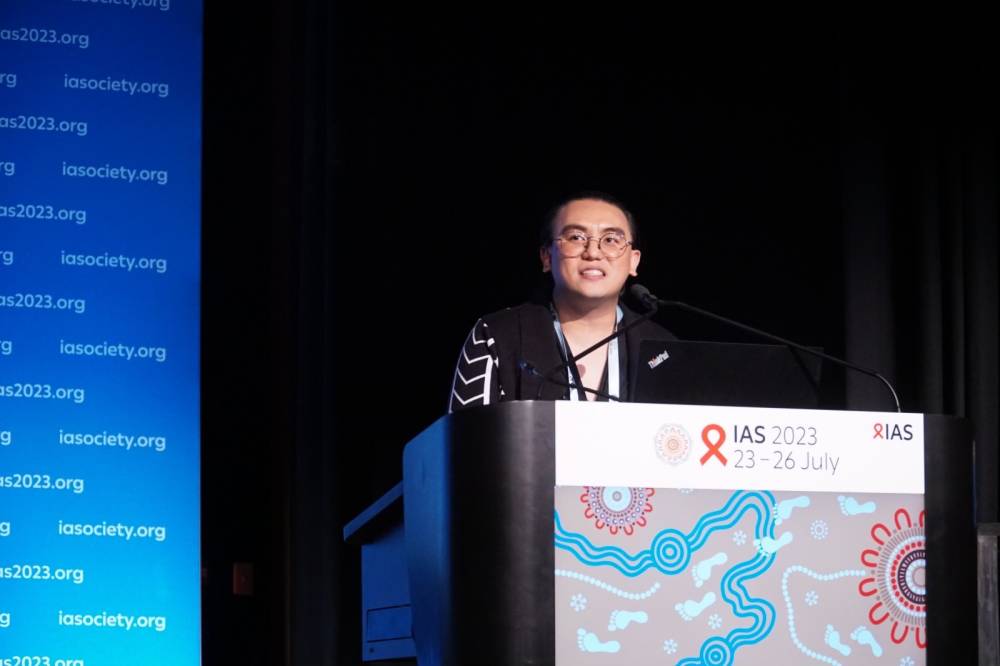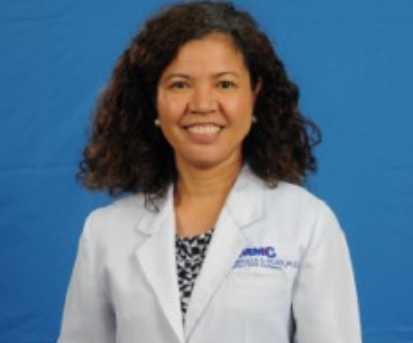‘Why are we allowing people living with HIV to die?’

Major breakthroughs have been made in the treatment of human immunodeficiency virus (HIV) since its discovery in 1983. These include the development of antiretroviral (ARV) medicines that prevent patients from reaching the late stage of infection known as acquired immunodeficiency syndrome (AIDS).
It’s no longer a death sentence, says Dr. Tarcela Gler, a specialist in infectious diseases; that’s why those who have the infection and are taking medication are now called people living with HIV (PLHIV).
What saddens and baffles Gler is the rising dropout rate of PLHIV under the care of Department of Health (DOH)-accredited facilities that provide free medicines and other support services. She tells Lifestyle that in one of those facilities, for instance, around 314 out of 3,000 participants became unreachable postpandemic.
“We did not really know if they transferred to another facility,” she says. “We were trying to call them. We were searching for them. We found some of them, so we only have a hundred that we can’t track. Some of them died.”
Assuming those deaths were attributed to PLHIV’s decision to stop taking the medication, Gler can’t help but wonder why they quietly passed on and “there’s no outrage about it.”
She reasons, “These are young people who are productive. Some of them are breadwinners in their families. Why did they opt not to take their meds? It’s probably because they have no support group or the societal stigma is still very strong.”
She adds emphatically, “I just feel that we’re basically allowing these young people to die unnecessarily. Because the meds are available.”
Maintenance
Gler explains that ARV drugs decrease the HIV virus in the blood cells called CD4, which protect the body from a lot of diseases. This way, the CD4 cells reach normal levels and the PLHIV’s immune system improves until they become normal and nonimmunocompromised.
“They just live with the disease while taking their medication,” she points out, stressing that there’s no cure yet for HIV. In essence, they’re taking maintenance medicines, just like how other people manage their diabetes or other incurable diseases.

The other purpose of ARV drugs is to lessen the chances of transmission of the virus. A female person with HIV, for one, can get pregnant and not infect her baby. Additionally, the medication now has significantly less side effects compared to the earlier versions that discouraged many from getting treatment in the past.
Gler also talks about pre-exposure prophylaxis (PrEP) that can be taken by people who do not have HIV, but who are at substantial risk of getting it. They can take the pill every day to prevent getting the HIV infection. She points out, “It’s very available here. But our uptake is low and the promotion is not that high.”
Overall, the infectious diseases specialist observes that “there’s more openness” in dealing with HIV, “but still not enough. The fact that these people opt not to take the medicine—they’re in care but they get off—is a big issue.”
There are social determinants that can impact health outcomes, says Danvic Rosadiño, who heads the Programs and Innovations department of LoveYourself, a DOH-accredited primary care facility. He mentions to us, via online messaging, about the World Health Organization (WHO)’s quality of life (QoL) survey that their 407 PLHIV clients have taken. They got a QoL score of 64, which is below the ideal Very Good Quality of Life score of 80.
Stigma
Based on the survey’s result, Rosadiño enumerates some key points: “First, there is stigma, or shame in their condition. Stigma can be felt internally, which is caused by external factors. Many clients still face barriers related to stigma in their communities—families, friends, colleagues, significant people—which impacts their willingness to engage in testing or continue treatment.
“Second, some clients drop out of care due to various emotional, socioeconomic or logistical issues, such as transportation costs or job insecurity. These issues affect their long-term adherence to ARV. Simply put, HIV treatment is more than just the medicines. There are other factors that need to be addressed to ensure they have access to it, and they stay on it.”
On the other hand, Rosadiño notes that the PLHIV clients who stayed scored a high 98.75 percent on their viral load test—meaning they are healthy and are not experiencing any symptoms. It also means that the chance of them transmitting HIV is almost zero.
This testifies that treatment is effective, especially if one is adherent to it. “They can live happy and healthy lives,” he points out, adding that ARV treatment is available at LoveYourself free of charge. “For psychosocial interventions, we provide care and support to ensure that PLHIVs adhere to treatment and achieve viral suppression.”
Aside from HIV, LoveYourself provides services concerning other sexually transmitted infections, transgender health and similar matters related to sexual health. These services include consultations and provision of gender-affirming hormone therapy, as well as caring for mental health, such as peer circles and referral to relevant professionals. These services are available in 15 of LoveYourself’s community centers in major cities in the Philippines.
“We are also providing capacity building to 35 other community-based organizations to help them set up a community center providing the same services we offer,” Rosadiño says.

















